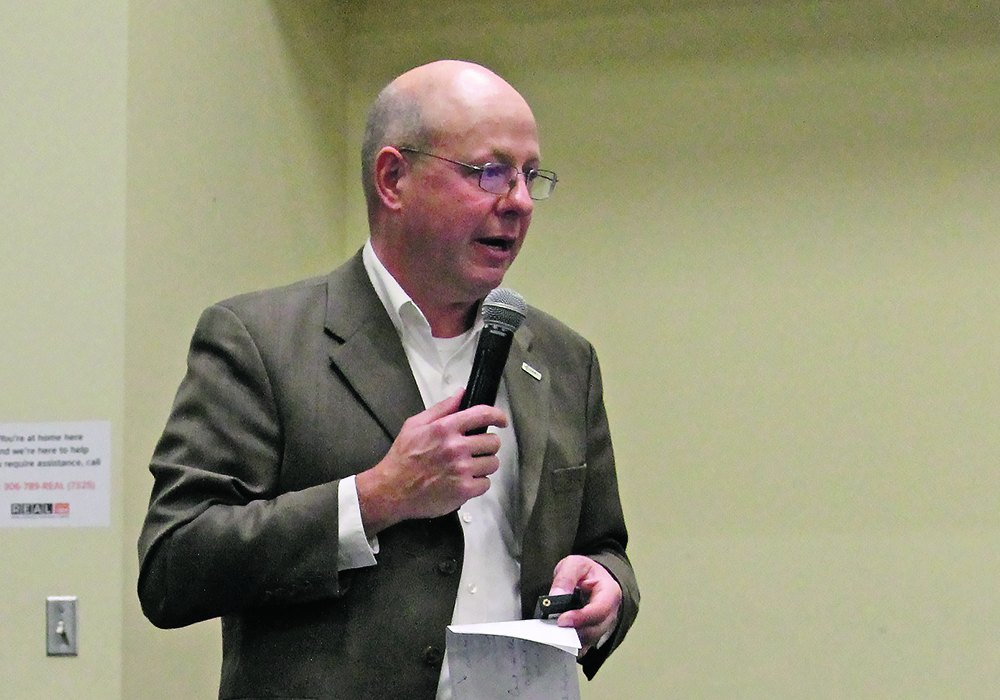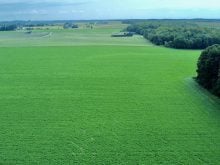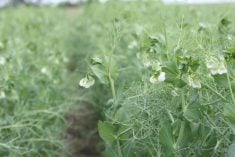Improved genetics aren’t the entire solution to beef improvement, but they give producers better control over production systems, says a beef genetics professor.
Bob Weaber of Kansas State University, spoke at Canadian Western Agribition during the Canadian Beef Breeds Council (CBBC) annual general meeting about how genetics correlate with sustainability.“I think that the challenge for many producers now is… ‘how do I discuss changes and management production against societal goals or other organizational goals,’ and I think genetics is part of the things that we do have some control over in our beef production system,” Weaber said in an interview.
Read Also

New program aims to support plant-based exports to Asia
Understanding the preferences of consumers in Taiwan and how they differ from Indonesia or Malaysia isn’t easy for a small company in Saskatchewan.
“We are not going to solve all of the problems through genetics. The ones hopefully clear here is that if we don’t include genetics in the solution, we’ve missed a big chunk of the solution.”
During his presentation, Weaber said sustainability is a combination of management and genetics.
“Because at the end of the day, it’s the combination of both of those things that get us where we need to go.”
He said because cattle are directly on the land, cattle producers have the responsibility to take care of the land. This is in contrast to other animal production systems, where animals don’t use the land in the same way as the beef industry.
“We can use the cows as a tool to improve range condition, air quality, water quality, and that’s because of that ownership is a little different than our competing protein products,” Weaber said.
Producers should try to focus on reproductive efficiency and he urged producers to think about how long their females will produce.
“Just practical stuff like that of connecting both the genetics and the management, focused on improved reproduction and longevity has a big impact on her profit,” Weaber said.
For productivity, breeding bigger cattle isn’t always better, and cattle that are too large can have lower reproductive efficiency and higher management costs.
Weaber said if the industry can select for reproductive efficiency, maternal instincts, and lactation, they can drastically lower the emissions.
“Make the cows actually work for us. OK, let’s quit changing the environment to benefit the cow and change the cow to benefit the environment.”
Weaber provided six pillars to sustainability: Water resources, air and greenhouse gas emissions, animal health and wellbeing, land resources, efficiency and yield, and employee safety and wellbeing.
He said producers need to manage and communicate to the consumer what they’re doing in these six areas.
It’s important for ranchers to educate consumers on non-edible human food in ruminant diets, he added.
“Most consumers know cows eat grass, but they don’t understand the implication of that in the food supply and food security topic.”
He said a growing global population and the infringement by urban sprawl onto cropland means there is more demand to produce food on marginal land, and that must be conveyed to consumers.
Agribition was held Nov. 20-25 in Regina.


















